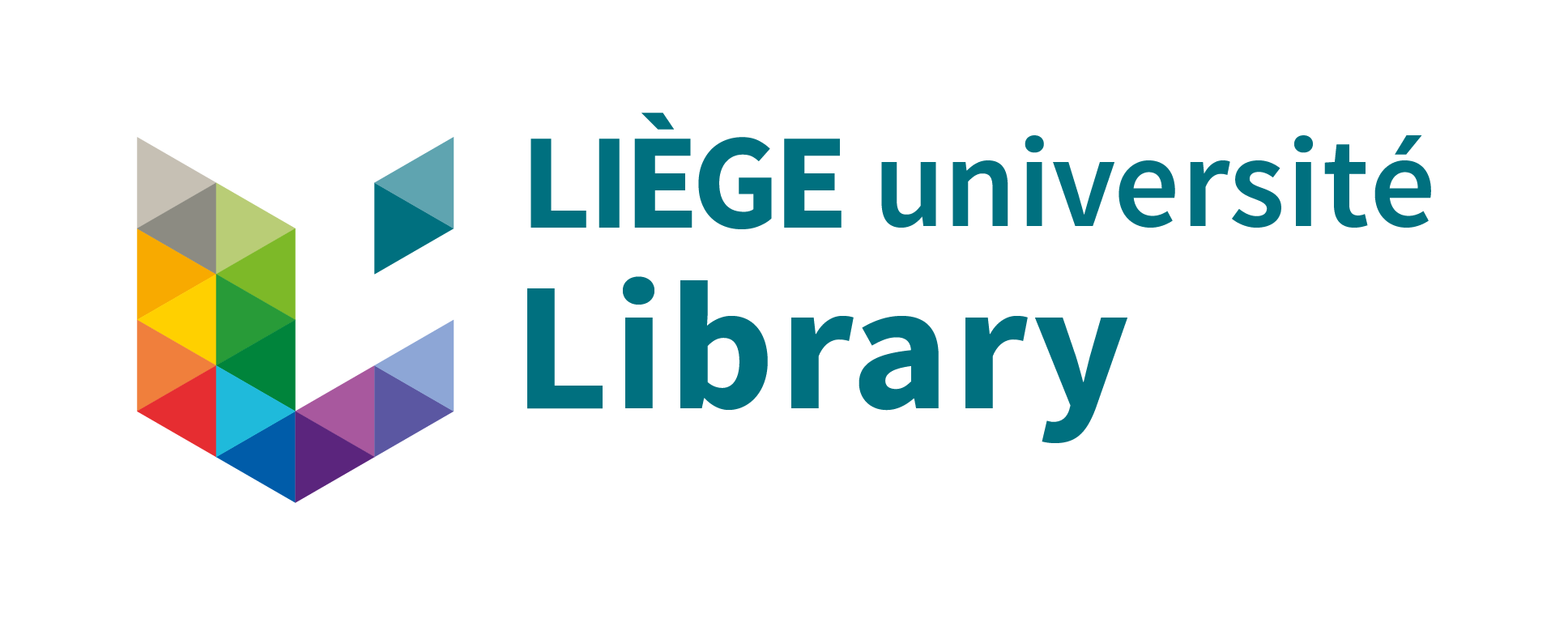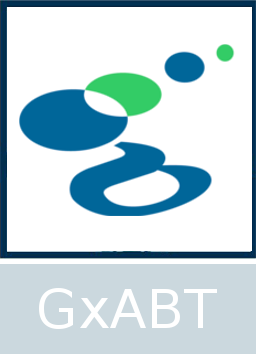Regional scale mapping and characterization of the poplar resource using two remote sensing data mining approaches
Lacaille, Baptiste 
Promoteur(s) :
Lejeune, Philippe  ;
Latte, Nicolas
;
Latte, Nicolas 
Date de soutenance : 31-aoû-2022 • URL permanente : http://hdl.handle.net/2268.2/16312
Détails
| Titre : | Regional scale mapping and characterization of the poplar resource using two remote sensing data mining approaches |
| Titre traduit : | [fr] Cartographie et caractérisation à l'échelle régionale de la ressource populicole au moyen de deux approches d'exploration de données de télédétection |
| Auteur : | Lacaille, Baptiste 
|
| Date de soutenance : | 31-aoû-2022 |
| Promoteur(s) : | Lejeune, Philippe 
Latte, Nicolas 
|
| Membre(s) du jury : | Monty, Arnaud 
Bastin, Jean-François 
Soyeurt, Hélène 
|
| Langue : | Anglais |
| Nombre de pages : | 71 |
| Mots-clés : | [en] Forest mapping [en] Forest characterization [en] Poplar resource [en] Random Forests [en] Deep Learning [en] Deep Layer Aggregation [en] Sentinel-2 super-resolution images [en] Orthoimages [en] Aerial photogrammetric canopy height model |
| Discipline(s) : | Ingénierie, informatique & technologie > Multidisciplinaire, généralités & autres |
| Institution(s) : | Université de Liège, Liège, Belgique |
| Diplôme : | Master en bioingénieur : gestion des forêts et des espaces naturels, à finalité spécialisée |
| Faculté : | Mémoires de la Gembloux Agro-Bio Tech (GxABT) |
Résumé
[en] In Wallonia, the regional forest resources are estimated from field methods that may present biases for estimating fast-growing forest species area like poplars, thus requiring support from remote sensing-based solutions.
The objectives of this master thesis concern the mapping and characterization of the poplar resource in the province of Hainaut. Specifically, it investigates (i) the potential of S2 super-resolution images and (ii) the use of orthoimages through a deep learning-based approach to map the poplar resource, followed by (iii) the ability of an aerial photogrammetry CHM to characterize the latter.
The used methods are divided into two approaches: classification of super-resolved s2 images using Random Forest algorithm (Breiman, 2001), semantic segmentation of ortho-images through a Deep Layer Aggregation (Yu et al., 2018) Neural Network. Both approaches involve 5 steps: data preparation, supervised learning, map production, height classification and accuracy assessment.
The results for the first approach map, with a F1-score of 0.923, is limited in detecting young poplar plantations and overestimates the poplar resource. Then, the second approach produced a map presenting great potential to detect poplar trees with an average accuracy of 1m between the position of correctly predicted and observed poplars, but still contains many False Negatives, resulting in a F1-score of 0.653. Finally, poplar resource characterization shows for the first and second approach a respective ratio of properly identified height classes of 50% and 69%, these results are contrasted by poor ground truth data and a convincing visual assessment.
To conclude, the super-resolution of sentinel-2 image seems to bring a higher accuracy compared to the poplar resource map made on S2 images by (Bolyn, Latte, Colson, et al., 2020a). Furthermore, a potential to map the poplar resource from orthoimages using a deep learning-based approach has been highlighted in this project, despite a low accuracy to be the subject of a management tool at this time. Lastly, although contrasting results, it would seem that aerial photogrammetry CHM could be appropriate to characterize the poplar resource in this project, but would require field validation.
Fichier(s)
Document(s)
Citer ce mémoire
L'Université de Liège ne garantit pas la qualité scientifique de ces travaux d'étudiants ni l'exactitude de l'ensemble des informations qu'ils contiennent.


 Master Thesis Online
Master Thesis Online



 Tous les fichiers (archive ZIP)
Tous les fichiers (archive ZIP) MT_Matheo.pdf
MT_Matheo.pdf

